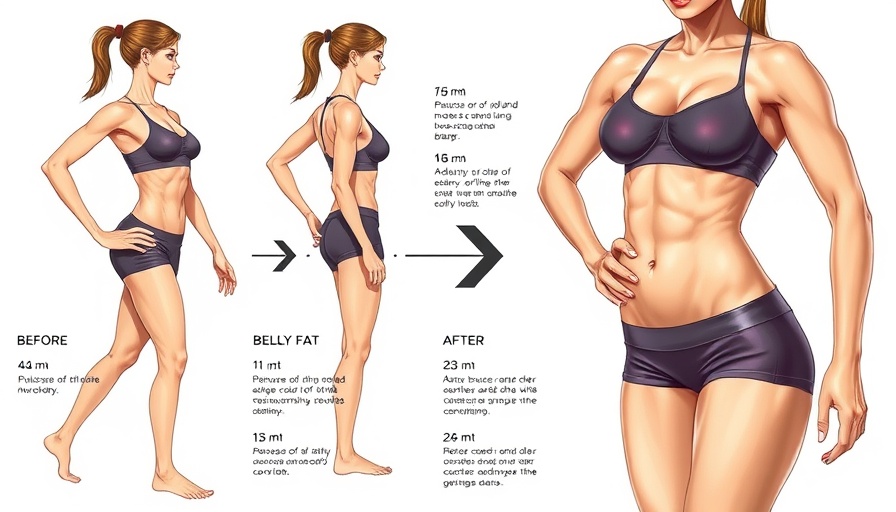
Choosing the Best Workout Split for Muscle Growth and Strength
If you're a gym owner or a fitness trainer who’s looking to optimize muscle growth and strength in your clients, understanding the most effective workout split is essential. A workout split refers to how you organize your training sessions throughout the week, targeting specific muscle groups on different days. The effectiveness of a workout split can significantly impact gains in both muscle mass and strength.
Recognizing the Importance of Workout Splits
Before delving into specific splits, it's vital to understand why they play a crucial role in workout regimens. A well-structured workout split not only maximizes muscle recovery but also ensures each muscle group gets adequate attention throughout the week. This organized approach to training allows muscles to recuperate and grow, leading to improved performance and outcomes.
Popular Splits for Different Goals
When it comes to workout splits, three primary types are often debated for their qualities and effectiveness:
- Traditional Body Part Split: Commonly favored by bodybuilders, this split allows trainers to focus on one major muscle group per day (e.g., chest on Monday, back on Tuesday). This can be effective for those who can commit to a training schedule of 4-5 days a week.
- Push/Pull/Legs Split: This workout method is based on movement patterns. Push days target pushing muscles (e.g., chest, shoulders, triceps), pull days focus on the muscles involved in pulling actions (e.g., back, biceps), and leg days dedicate time to lower body training. This approach is excellent for those wanting to ensure well-rounded muscle engagement throughout the week.
- Full Body Split: Ideal for beginners or those pressed for time, the full-body split can be accomplished in 2-3 sessions per week, targeting all major muscle groups within a single workout. This method is particularly effective for building foundational strength and mass.
Choosing the Right Split Based On Individual Goals
Selection of the appropriate workout split should hinge on individual fitness levels, schedules, and objectives. Beginners may find success with full-body workouts that build overall strength. In contrast, advanced lifters might opt for a traditional split to better hone in on specific muscle hypertrophy.
It's also crucial to incorporate progressive overload, which challenges the muscles continually, aiding in further growth. Each workout split can yield similar muscle growth results as long as it aligns with the lifter's fitness journey.
Consistency Is Key
Ultimately, regardless of the chosen split, consistency plays a significant role in achieving desired results. Pairing structured training with proper nutrition, rest, and hydration can exponentially enhance gains.
Final Thoughts on Effective Workout Splits
Each of these workout splits has unique advantages and can be tailored to different training styles and objectives, so encouraging your clients to experiment with various splits can be beneficial. Educating them about their options will empower them to take charge of their fitness journey effectively.
For those seeking deeper insights and a flexible approach to their workout regime, consider implementing tailored workout routines that take individual preferences and goals into account.
By helping clients understand their optimal workout splits, you can enhance their training experience and inspire them to achieve their fitness aspirations.
 Add Row
Add Row  Add
Add 




Write A Comment